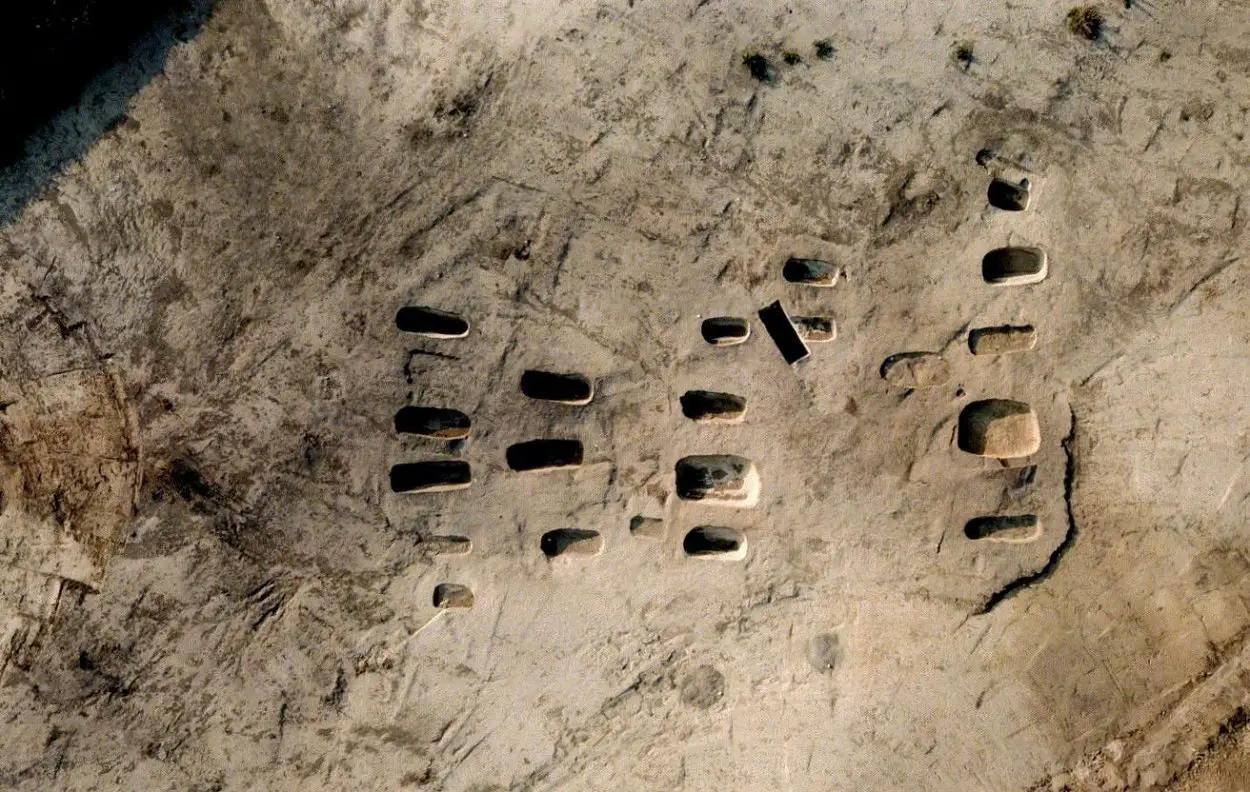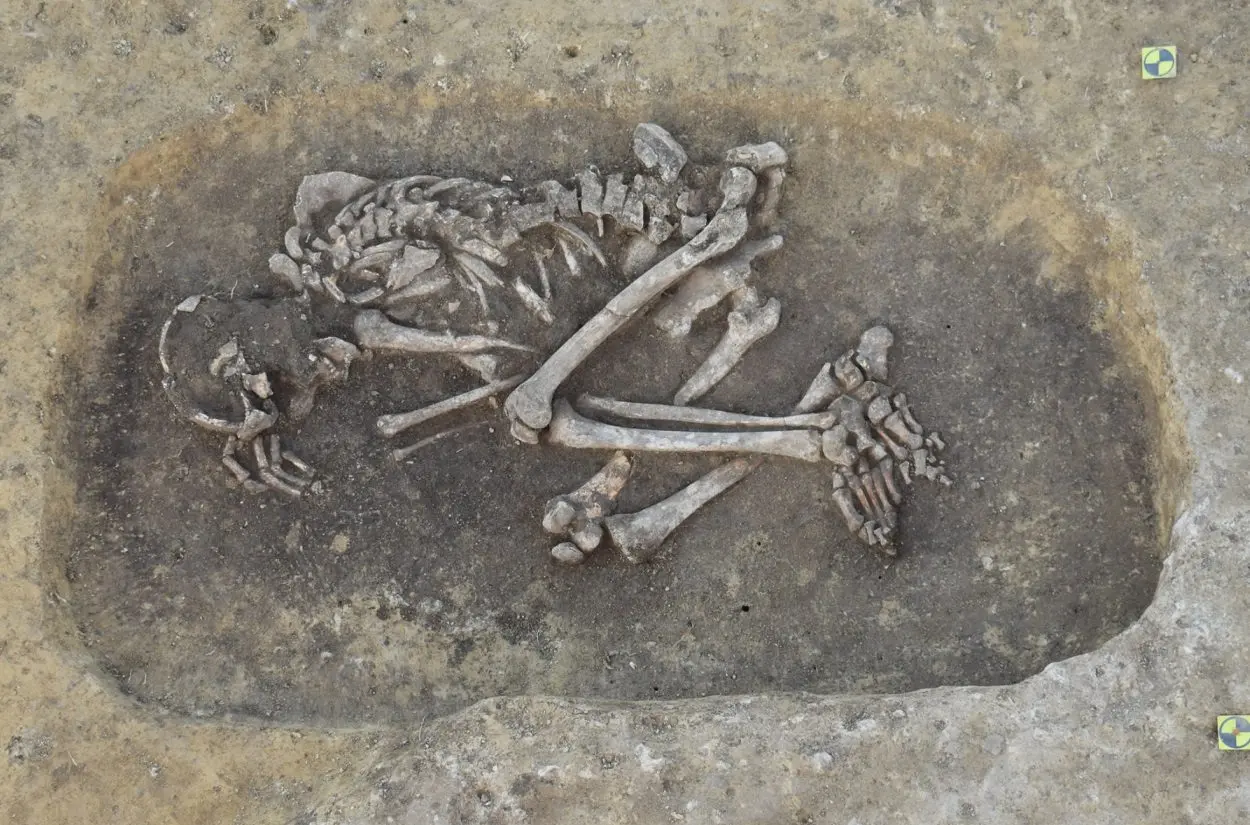A research project led by the Austrian Academy of Sciences has identified the plague pathogen in two young adults who lived 4,000-years-ago during the Bronze Age.
The plague is an infectious disease caused by the bacterium Yersinia pestis that occurs in three forms. Pneumonic plague infects the lungs causing shortness of breath, coughing and chest pain; bubonic plague affects the lymph nodes making them swell; and septicemic plague infects the blood and can cause tissues to turn black and die.
The burials were found in Drasenhofen in the Austrian state of Lower Austria, where archaeologists have excavated a row-grave cemetery comprising of 22 burials.
Both plague victims are males who died at the age of 23 to 30 and 22 to 27 during the Early Bronze Age around 2000 BC. Until now, finds from the Middle Ages were considered the oldest plague deaths in Austria.

“Their graves are in peripheral locations, so the community was probably aware that they had died of a contagious disease,” says archaeologist Katharina Rebay-Salisbury of the Austrian Archaeological Institute of the Austrian Academy of Sciences (OeAW).
Working in cooperation with the Max Planck Institute for Evolutionary Anthropology, samples from the victims were taken from the inside of the tooth crowns, as blood vessels run here and allow the detection of pathogens that were in the blood at the time of the individual’s death.
The results revealed evidence of Yersinia pestis, however, both individuals two had different strains of plague bacteria, suggesting that they were infected at two different events.
“Unlike later in the Middle Ages, the plague may not have been transmitted by fleas because the early plague bacteria lacked important genetic properties for this. It could therefore have been other routes of infection such as droplet infections or the consumption of infected meat,” said Rebay-Salisbury.
Header Image Credit : ÖAW/Archaeprotect





